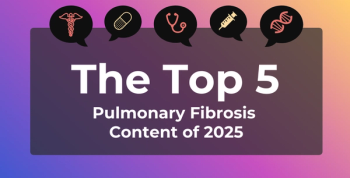
Healthcare Transparency: Prices Largely Unrelated to Quality
There has been an increased focus on making healthcare price information more transparent, but with only price information, patients and payers have no way to determine if paying a higher price is warranted.
There has been an increased focus on making healthcare price information more transparent, but with only price information, patients and payers have no way to determine if paying a higher price is warranted.
In an April 2016 Data Brief, “The Price-Quality Paradox in Health Care,” Eric Barrette and Kevin Kennedy of the Health Care Cost Institute (HCCI) concluded that the quality of healthcare services is largely unrelated to healthcare price.
The HCCI Data Brief calculated quality of care measures with the same claims data used to estimate the average prices of common healthcare services that are publicly available. These measures are reported at the local, state, and national levels. The data set included deidentified HIPPA-compliant health insurance claims from multiple national health insurers, representing over 50 million covered lives. Membership and claims data included details such as zip codes, diagnostic codes, procedure codes, actual amounts paid by the insurer as well as copayments paid by the insured. Individual and employer-sponsored insurance claims were included in the analyses.
Quality and price of 5 measures are discussed in the brief: one related to asthma (asthma evaluation); 2 related to diabetes (diabetes evaluation and hemoglobin A1C test); and 2 related to hypertension (hypertension evaluation and creatinine test). The 5 state-level quality measures and their comparable price estimates were obtainable for 42 states and the District of Columbia.
The authors found the following:
- There is no consistent relationship between quality measures and prices
- Higher prices are not indicative of better quality of care
- A higher quality measure for one healthcare service does not guarantee higher quality for another
- Higher price levels for one healthcare service suggest prices may be higher for other services
“Although stakeholders need more information about the costs of health care services, they are limited in how they can use that information without knowing what to expect for a given price,” the authors wrote. “If policy makers and healthcare industry leaders expect transparency efforts to have real impacts on the healthcare system, making quality information more accessible and useable by stakeholders is also necessary.”
Newsletter
Stay ahead of policy, cost, and value—subscribe to AJMC for expert insights at the intersection of clinical care and health economics.







































